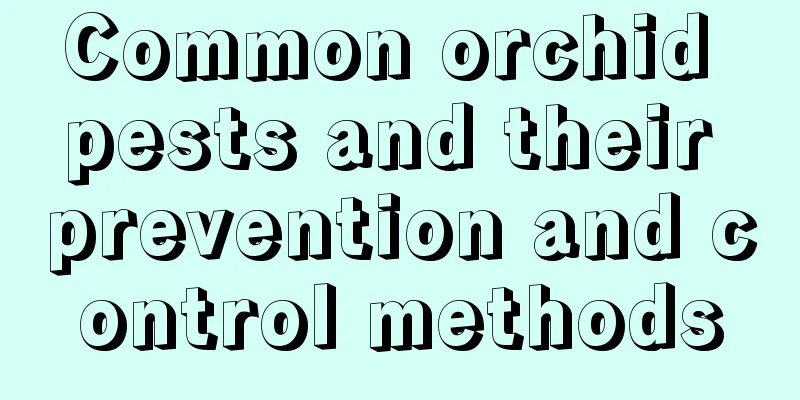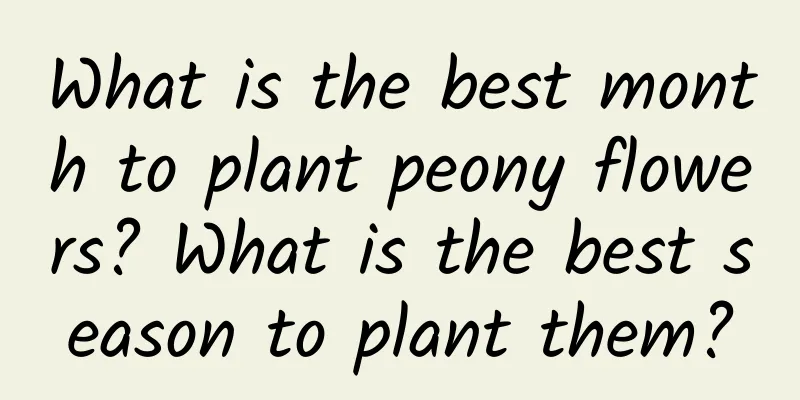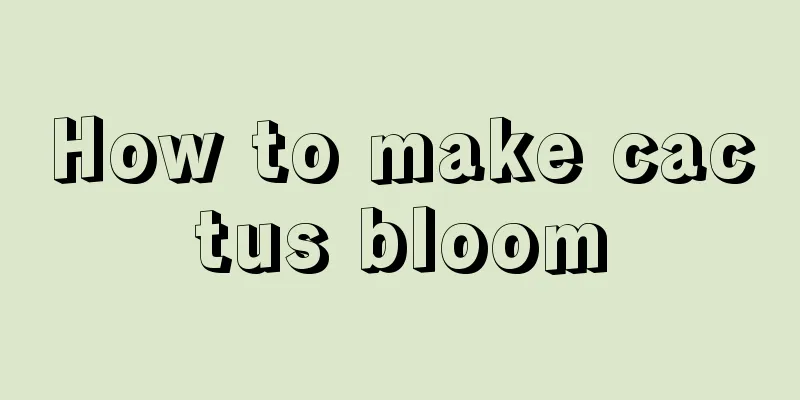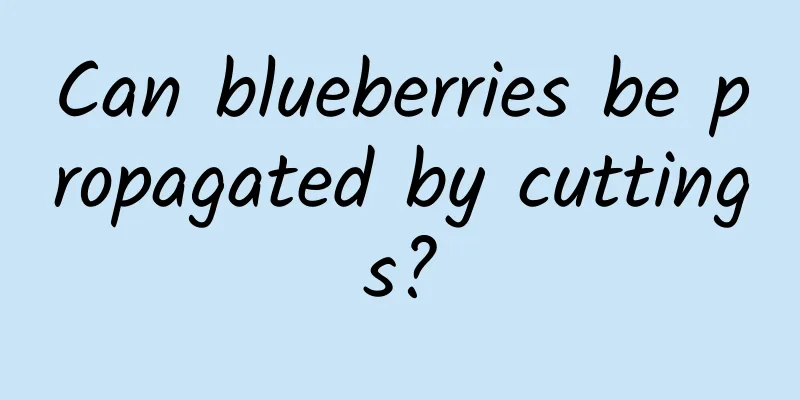Hawthorn pest control
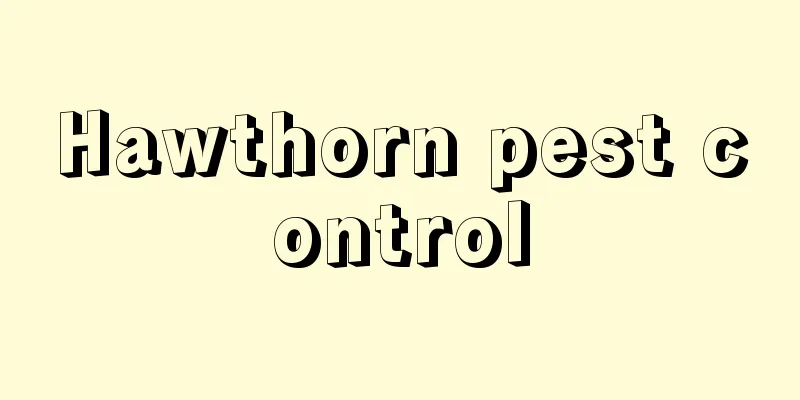
Hawthorn blossom rotIt mainly damages leaves, new shoots and young fruits, causing erosion of the affected parts. The disease initially produces brown dot-like or short-line-like lesions, which then gradually expand and turn into reddish brown or tan, and the diseased leaves wither. ① Clean the orchard thoroughly in autumn, remove diseased and dead fruits, destroy them in a centralized manner, bury them deep, and reduce sources of infection. ② In early spring, turn over the diseased and rotten fruits on the ground to a depth of less than 15 cm. ③ Ground spraying: Before the end of April, sprinkle lime powder on the orchard ground, especially under the tree canopy. ④ Control on trees with pesticides: Spray the pesticide twice when the leaves are half-expanded and fully expanded to prevent leaf rot. The agents include 800 times diluted 70% thiophanate-methyl wettable powder or 1000 times diluted 25% tricarbendazim wettable powder. Spray again when the flowers are in bloom to prevent flower rot and fruit rot. Hawthorn powdery mildewThe damage mainly occurs to leaves, new shoots and fruits. The diseased area is covered with white powder, like a velvet carpet. The new shoots are affected and, in addition to the appearance of white powder, they also grow weak. The internodes are shortened, the leaves are slender, curled and twisted, and in severe cases, they dry up and die. ①Clean up diseased branches, leaves and fruits and destroy them in a centralized manner. ② Spray 5-degree lime sulfur mixture before germination and during the bud stage. From flower fall to the young fruit stage, spray 0.3-degree lime sulfur mixture or 1000-1500 times diluted 25% triadimefon 1-2 times depending on the disease situation. Hawthorn spider① In early spring, scrape off the old and peeling bark on the tree to eliminate the overwintering adult insects. ② Spray 800 times diluted 20% trichloromite emulsifiable concentrate, 2000 times diluted pyrethroids, 2000 times diluted 73% cypermethrin emulsifiable concentrate and 2000 times diluted 50% nisolane emulsifiable concentrate with better ovicidal effect. The specific spraying opportunities and times will be determined based on the occurrence amount and control effect. |
<<: Disease and Pest Control of Aquilegia columbine
>>: Common diseases of Ginkgo and their prevention and treatment
Recommend
The efficacy and function of sunflower
Medicinal effects Clearing away heat When we have...
When to sow open-air melons and how to sow them
Open-pit melon planting time Open-air melon is a ...
Common Pests of Crape Myrtle and Their Control Methods
Aphids infestation on crape myrtle Symptoms There...
How to grow roses on the balcony? How to grow roses on the balcony?
It is good to plant roses on the balcony. General...
How to care for the newly bought Cyperus
1. Lighting Cyperus prefers partial shade and mus...
Common species of Pilea
Pilea variegata This is the most common variety. ...
Can green radish be exposed to rain? How long can green radish be left outside in the rain?
The green ivy can be exposed to rain appropriatel...
Propagation of Tangyin Succulent Plants
1. Planting 1. Time: The best time to sow is in s...
How to grow sunflower potted plants
Sunflower growth habits Sunflowers prefer a warm ...
How to raise a female beauty moon
1. Breeding environment 1. Soil: It is best to us...
Artichoke cultivation methods and precautions
1. Maintenance methods 1. Temperature: Different ...
How to make cuttings of Catharanthus roseus take root quickly?
Vinca roseus , as a common ornamental plant, is f...
Garlic planting, cultivation and management technology
Garlic is not only a common vegetable and condime...
What should I do if there are black spots on okra leaves? What should I do if there are black spots on okra leaves?
1. Symptoms Black spots on okra leaves are a comm...
When and how to repot cymbidium
Cymbidium repotting time It is recommended to rep...
